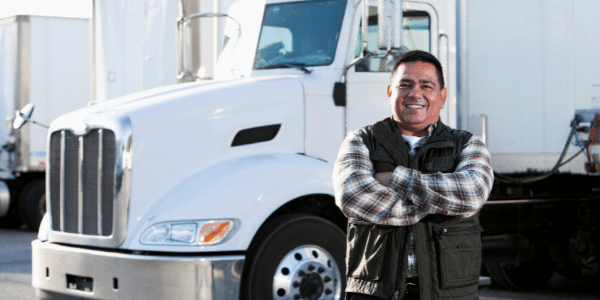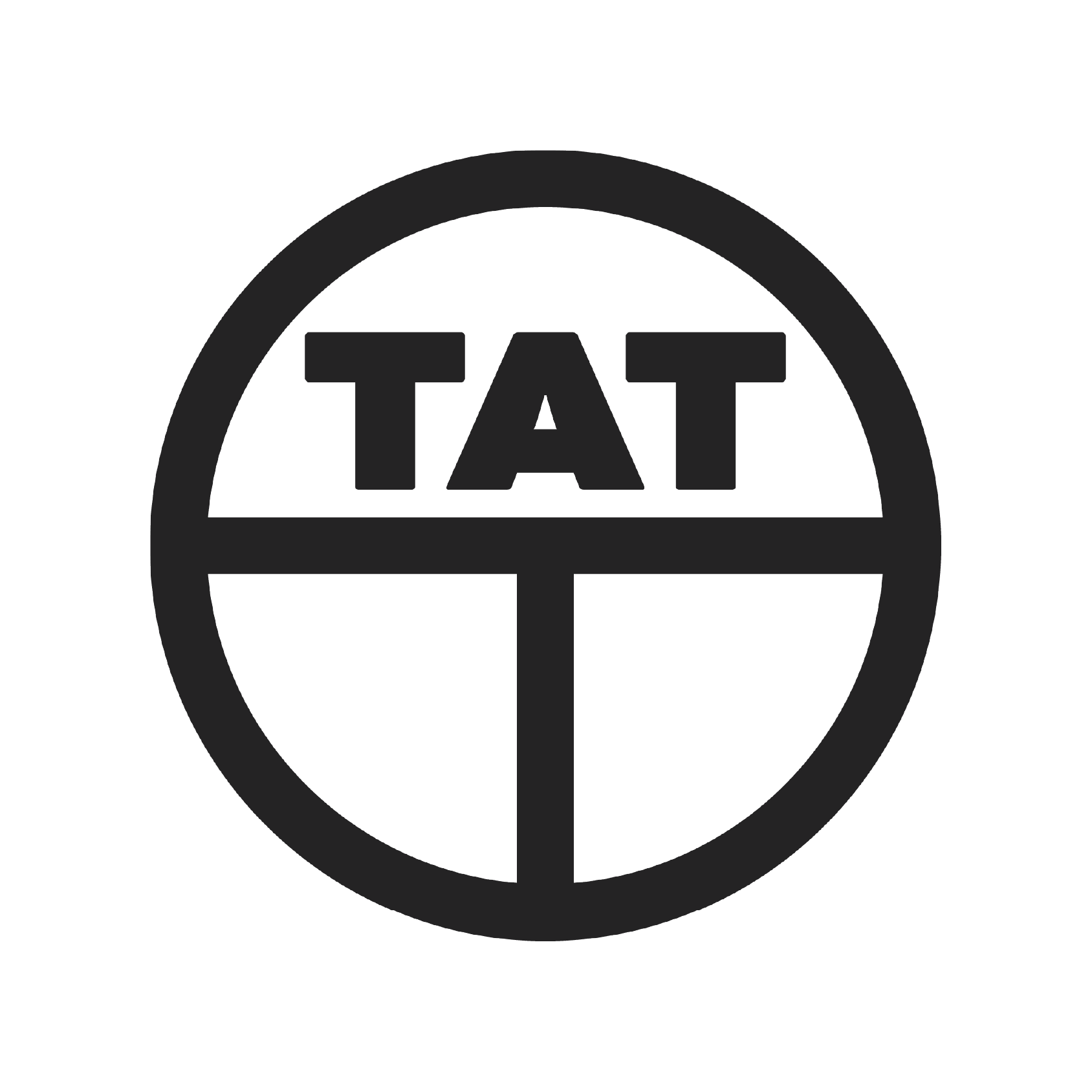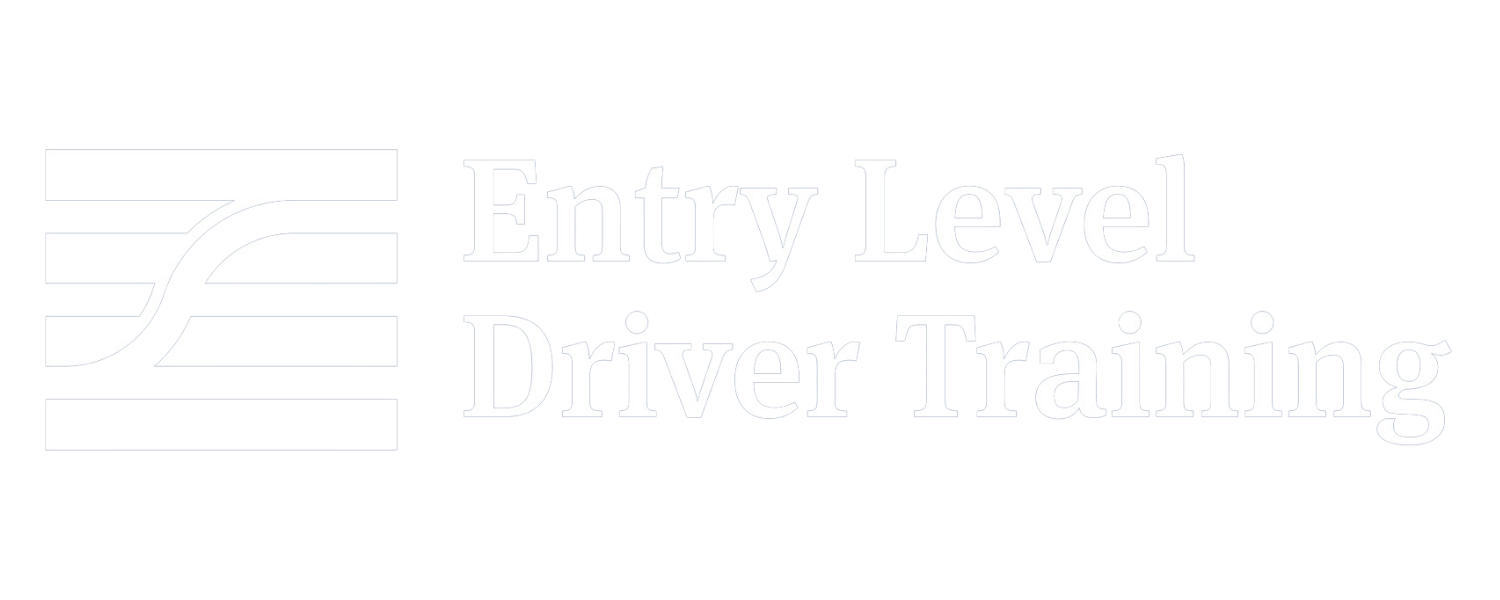CDL & Drug Testing
Is it legal, is it not legal to smoke weed? Its legal in my state so it must be OK right?
The commercial trucking industry mixed with state to state drug regulations can be quite confusing. "Can I smoke pot as a commercial driver because it's legal in my state? If the feds could make anything more confusing they've done a great job in the CDL world of doing just that. With more regulations then anyone can keep up with drug testing is one that can not be overlooked or misunderstood.
Legal in your state or not marijuana, weed, ganja, edibles, the sticky stuff "Is not legal federally" and you can "loose your CDL or Permit" for up to a year if your drug test pops positive.
Even worse if your drug test comes back positive your CDL School or employer is required to submit your results to the FMCSA Clearing House within 3 business days. Once its submitted you will than have to start a SAP program and go through drug classes before you can reinstate your CDL. Your record will stay on file with FMCSA for 5 years from date it was reported.
Its a real messed up situation you could say. Lose your job, your pay, your house.
Below I will provide some Questions & Answers provided by FMCSA to help you get a full upstanding of the implications of doing drugs and having a Commercial Drivers License.
- Jason Boudreau
Q: When did drug and alcohol testing become a law?
A: On October 28, 1991, President Bush signed the Omnibus Transportation Employee Testing Act. It became effective for U.S. companies in 1996 and foreign companies in 1997.
Q: I own my own truck. Does this apply to me?
A: Yes. The law applies to everyone who is required to have a CDL to drive a particular vehicle, even if you only drive it once. If you are an owner-operator, you are required to join a consortium to meet the testing requirements.
Q: What is a consortium? How do I find one?
A: A consortium is a customer-oriented business that places people in “pools” with other people. For instance, all CDL drivers would be placed in a pool with other CDL drivers and all non-CDL people would be placed in a pool with other non-CDL people. The consortium selects drivers at given times for random testing requirements. Currently the regulations require that 50% of the average annual number of CDL drivers in a pool be tested for drugs and 10% be tested for alcohol. Consortiums also supply information, drug and alcohol policies, and educational classes for employers and employees. Consortiums can be found by looking in the yellow pages of the phone directory under “Drug Testing.” drivers and all non-CDL people would be placed in a pool with other non-CDL people. The consortium selects drivers at given times for random testing requirements. Currently the regulations require that 50% of the average annual number of CDL drivers in a pool be tested for drugs and 10% be tested for alcohol. Consortiums also supply information, drug and alcohol policies, and educational classes for employers and employees. Consortiums can be found by looking in the yellow pages of the phone directory under “Drug Testing.”
Q: What if I borrow a friend’s truck?
A: If you are required to have a CDL, then you are required to obtain a pre-employment test and be in a random testing program.
Q: I don’t have a business; I just have a truck that requires that I have a CDL. Do I have to comply with this law?
A: Yes. This law applies to everyone that is required to have a CDL.
Q: What if I have a CDL but don’t use it?
A: The rules don’t apply if you are not driving a vehicle that requires a CDL. The moment you perform a safety-sensitive function, which includes driving, the requirements apply.
Q: I drive for a company and sometimes drive for myself. What do I have to do to comply with both?
A: You are required to be in a random pool for each one.
Q: I have a CDL so I can help my church by driving their bus. Do I have to comply with these requirements?
A: Yes. Whether you’re compensated or not, the church is still considered your employer and should have you enrolled in a drug and alcohol testing program.
Q: Doesn’t the medical card drug test take the place of this?
A: A drug test is not mandatory to receive a medical certificate. Urine samples are taken; however, it’s usually for other tests. The same specimen cannot be used for both. If a Department of Transportation test was given during a medical card exam, this test could be used as a pre-employment test; however, it does not meet the random requirements.
Q: How do I know if the test I was given is a DOT test?
A: You would have received a copy that is entitled federal drug custody form.
Q: Why won’t my non-DOT test meet the requirements?
A: When conducting non-DOT tests, many different substances can be tested and to varying levels. DOT-regulated tests are all tested for the same substances so each driver is tested fairly and equally across the nation. Each DOT test is only allowed to be tested at a federally certified lab. Again, this ensures that all CDL drivers are treated equally.
Q: What if I’m hiring a new driver?
A: You are required to have a negative drug test result on your new driver PRIOR to allowing them to perform a safety sensitive function, which includes driving. Allowing a driver to perform a safety- sensitive function prior to receiving negative test results could result in penalties. There are also requirements to contact previous employers to ask about the possibility of positive or refused tests. You must also ask the driver if they have tested positive for drugs or alcohol or refused a test in the past two years. This will help ensure that you do not hire a driver that is attempting to “run away” from positive test results.
Q: What about farm drivers?
A: If you are exempt from having a CDL, you would be exempt from drug and alcohol testing.
Q: What if a driver leaves and comes back?
A: If a driver has been removed from the random pool for more than 30 days, you are required to start over with a pre-employment test. If it has been less than 30 days, you can put the driver back in the random pool and continue on as if the driver was never removed. The key issue is that every driver should have an equal chance of being selected each time a random selection is made.
Q: I have mechanics or other employees that have CDL’s and are sometimes used to test drive a truck or be a driver for a short time. How do I handle them?
A: Decide which employees you must have as extras. Obtain pre-employment tests on them if they were employed during the past 365 days and place them in the random pool. If their name is called for a random test, ensure that the driver obtains a test.
Q: How many times do I have to be tested?
A: There is no limit to the number of times you or your drivers can be tested.
Q: What happens if I or one of my drivers tests positive for a drug or for alcohol?
A: There are regulations that require a specific procedure to take place for the company and/or driver. First, the driver must be removed from safety-sensitive functions, which among other things, includes driving. The driver is required to obtain an evaluation by a substance abuse professional. (Your consortium can assist you with this.) This evaluation can take several weeks to complete. During this time, the driver cannot perform a safety-sensitive function.
After the evaluation has been completed, the employer is required to obtain the results. The minimum number of tests that can be required is 6 in the following 12 months.
Tests can take place for up to 5 years. The driver must also obtain a negative DOT test result along with the completion of the evaluation. Keep in mind that the company or owner-operator is responsible to ensure that all random follow-up tests are completed within the given time frame. These tests are over and above the random tests given to meet the 50% and 10% testing requirements. If you hire a driver that is in the process of follow-up tests after a positive result, you are responsible for completing the tests. Drivers who quit or are terminated after a positive result carry this result with them for the next two years. Just because they leave that company does not mean the test result disappears. As of June 13, 2002, positive results will be released to the Dept. of Licensing.
Q: If one of my drivers tests positive, can I terminate him/her?
A: There are no requirements to employ a positive driver. Any decision to terminate a driver, however, will potentially be governed by company policy, union contracts, and employment law, among other sources.
Q: Are tests required after an accident?
A: Drug and alcohol tests are always required after a fatality accident. Tests are also required if the CDL driver is cited for a moving violation and a vehicle was towed from the scene or there were injuries treated immediately afterwards. There are certain time limits in which these tests must be concluded.
Q: What will happen if I don’t comply?
A: You may be subject to penalties.
Q: How would these violations become evident?
A: The Washington State Patrol and the Federal Department of Transportation conduct compliance safety reviews on owner-operators and companies that operate trucks or combinations over 10,000 lbs. gross vehicle weight rating. Violations are noted during these reviews.
Q: Where do I start?
A: If you are an owner-operator, you are required to join a consortium. If you started your business during the past 365 days, you should obtain a pre-employment test. Make sure your name is placed in the random CDL pool. When you are contacted by the consortium to submit a test, you should immediately proceed to the collection site. Failure to submit a test once notified is considered a refusal, and refusals are considered a positive test result.
If you are a company with two or more drivers, you can join a consortium or conduct your own random selections; however, there are certain requirements that must be met.(Regulations require that selections be made by a scientifically valid method.) If your drivers are currently driving and were hired during the past 365 days, a pre-employment test should be obtained. Add all your drivers to the random pool. Delete drivers that are no longer employed. It is important to keep your driver list up to date. Once a driver has been notified to report for a test, his/her actions must be immediate. Postponing, stalling, or refusing are all considered a positive result. If the owner or company contact person is also a driver, he/she must report immediately once notified or this will be considered a refusal.
Q: Where can I find more information?
A: Drug and alcohol testing requirements can be found in the Code of Federal Regulations, Title 49, Parts 40 and 382.
Information can also be found on: Federal Motor Carrier Safety Administration – www.fmcsa.dot.gov










